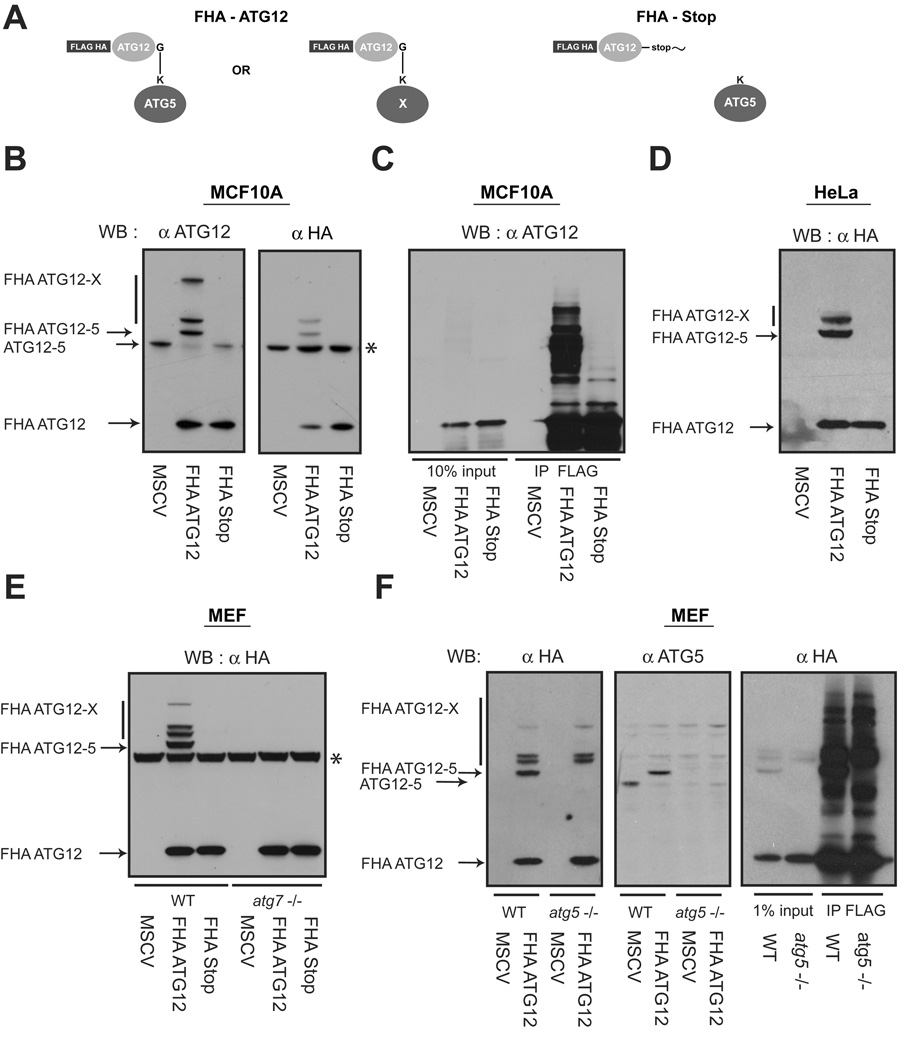Figure 1. ATG12 covalently modifies multiple protein targets in mammalian cells.
(A) Schematic of ATG12 constructs: FHA-ATG12 is mouse ATG12 tandem tagged at the N-terminus with FLAG and HA epitopes. In FHA-Stop, the C-terminal glycine in ATG12 required for conjugation is replaced with a Stop codon. (B) MCF10A cells stably expressing empty vector (MSCV), FHA-ATG12 and FHA-Stop were lysed and immunoblotted with α-ATG12 and α-HA antibodies. Asterisk (*) indicates non-specific band during α-HA immunoblotting. (C) MCF10A cells stably expressing the indicated constructs were lysed and immunoprecipitated with α-FLAG; immune complexes were resolved using SDS-PAGE and immunoblotted with α-ATG12. (D) HeLa cells stably expressing the indicated constructs were lysed and immunoblotted with α-HA. (E) atg7+/+ (WT) and atg7−/− mouse embryonic fibroblasts (MEFs) stably expressing the indicated constructs were lysed and immunoblotted with α-HA. Asterisk (*) indicates nonspecific band. (F) Left: atg5+/+ (WT) and atg5−/− stably expressing the indicated constructs were lysed and immunoblotted with α-HA or α-ATG5. Right: WT and atg5−/− MEFs expressing FHA-ATG12 were lysed and immunoprecipitated with α-FLAG; immune complexes were resolved and immunoblotted with α-HA.

